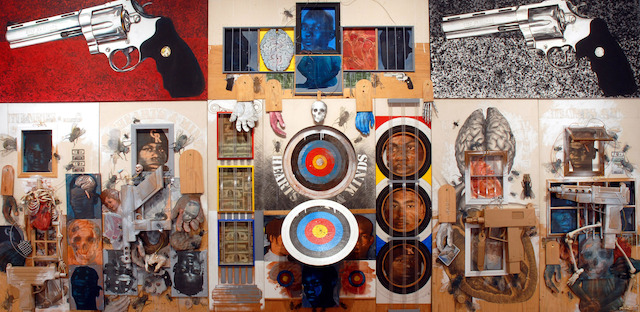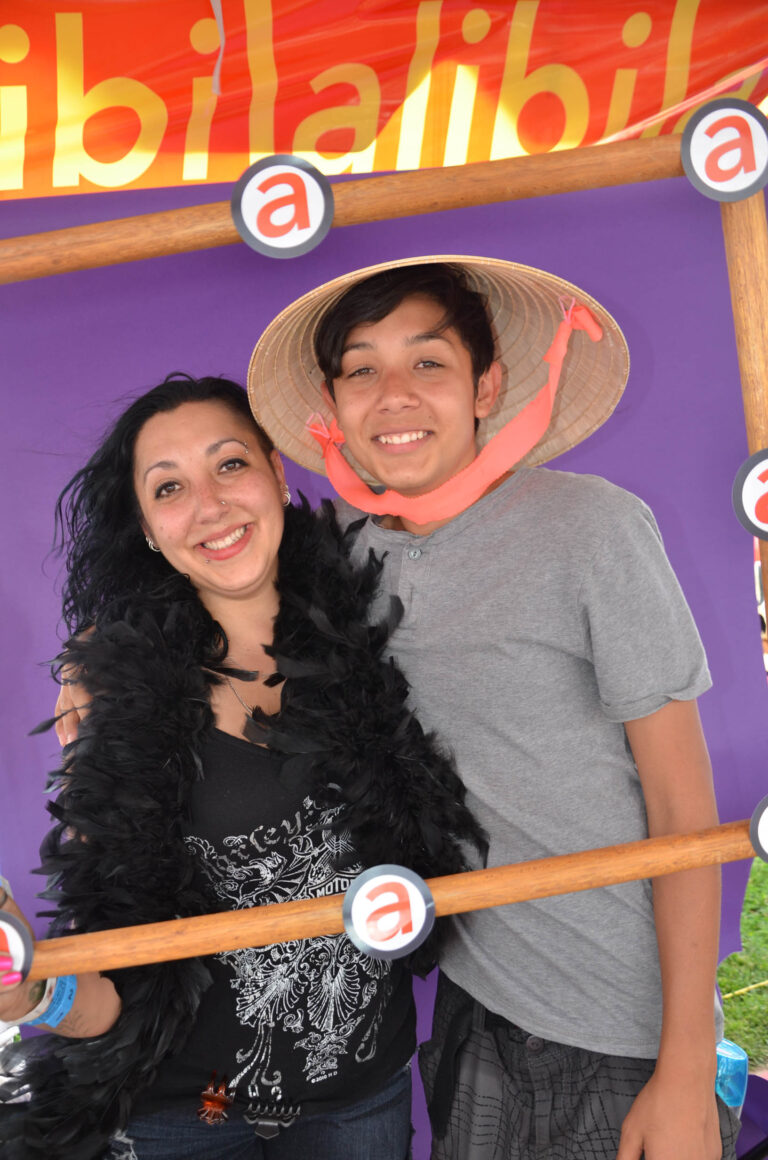If you’re black in America, you’re obliged to think about race, culture and class in almost all your worldly explorations, whether driving, shopping or going to the bank. If you’re a black visual artist in America, you confront this three-headed, chimeric sphinx each time you approach the canvas: Must I choose to deal or not to deal with race, culture and class in my work? That is the question. Did Andy Warhol have to choose? Did Robert Rauschenberg have to choose? Probably not. Artists of color are often held to a different standard when it comes to the expression of their art in any discipline. That unspoken standard can demand the artist either deal with it or be criticized for not dealing with it. It’s easy to see that an artist could find himself illustrating the next loss, disenfranchisement or indignity on a loop. Life imitating art, imitating life, imitating art is little more than a one-sided, Möbius strip of art-making devised to supply the sphinx with an answer to her perpetual question. This is a fact of which the acclaimed Colorado-based artist Floyd D. Tunson is well aware. His retrospective, Floyd D. Tunson: SON OF POP opens Saturday, Sept. 27, and runs through Dec. 13 at 516 Arts (516 Central SW). Tunson meets head-on the challenges of being black in America—as well as being a black artist in America—with explosive color and pop art sensibilities.Born in 1947, Tunson has had time to develop as an artist, building his career and his point of view over the course of 40 years. This a triumph in a post-Ferguson society, where living long enough to reveal the truth of one’s being is increasingly and sadly becoming a feat. Tunson has spent decades expressing the trials, tribulations of black men in his work. In his 1992, large-scale work on plywood, “Raw Deal,” Tunson offers a stark reality: a black man meeting the hangman’s noose, made from the American flag. In his “Untitled 96” the eyes of a charcoal-black man are replaced with range targets that appear to be weeping. The souls of black folk and the quest of the human experience exude from the massive, mixed-media work, “Hearts and Minds.” In it, Tunson revisits his target motif, this time with the faces of black men barely fitting inside the target circles, large guns with teetering barrels leaning towards the scale of the absurd and open-faced apothecary-like compartments straining to hold oversized hearts, brains and ramshackle, inquisitive skeletons. A solid body of work, this retrospective, complete with a full-color catalog, jumps the track of the Möbius strip to reveal aspects of race, class and culture you might not have considered. Tunson’s work is not “pretty art.” It’s dense, complicated and stunning, just like life in America can be.
Floyd D. Tunson: SON OF POP openingRuns through Dec. 13Saturday, Sept. 27, 6 to 8pm516 Words: Hearts and Minds
Meditations on youth, mentorship and legacy in response to the artwork of Floyd D. Tunson with Idris Goodwin, Hakim Bellamy, Tanaya Winder, Ramona King and Zach FreemanSaturday, Oct. 11, 7pmFREE516 Arts516 Central SW242-1445, 516arts.org






